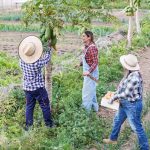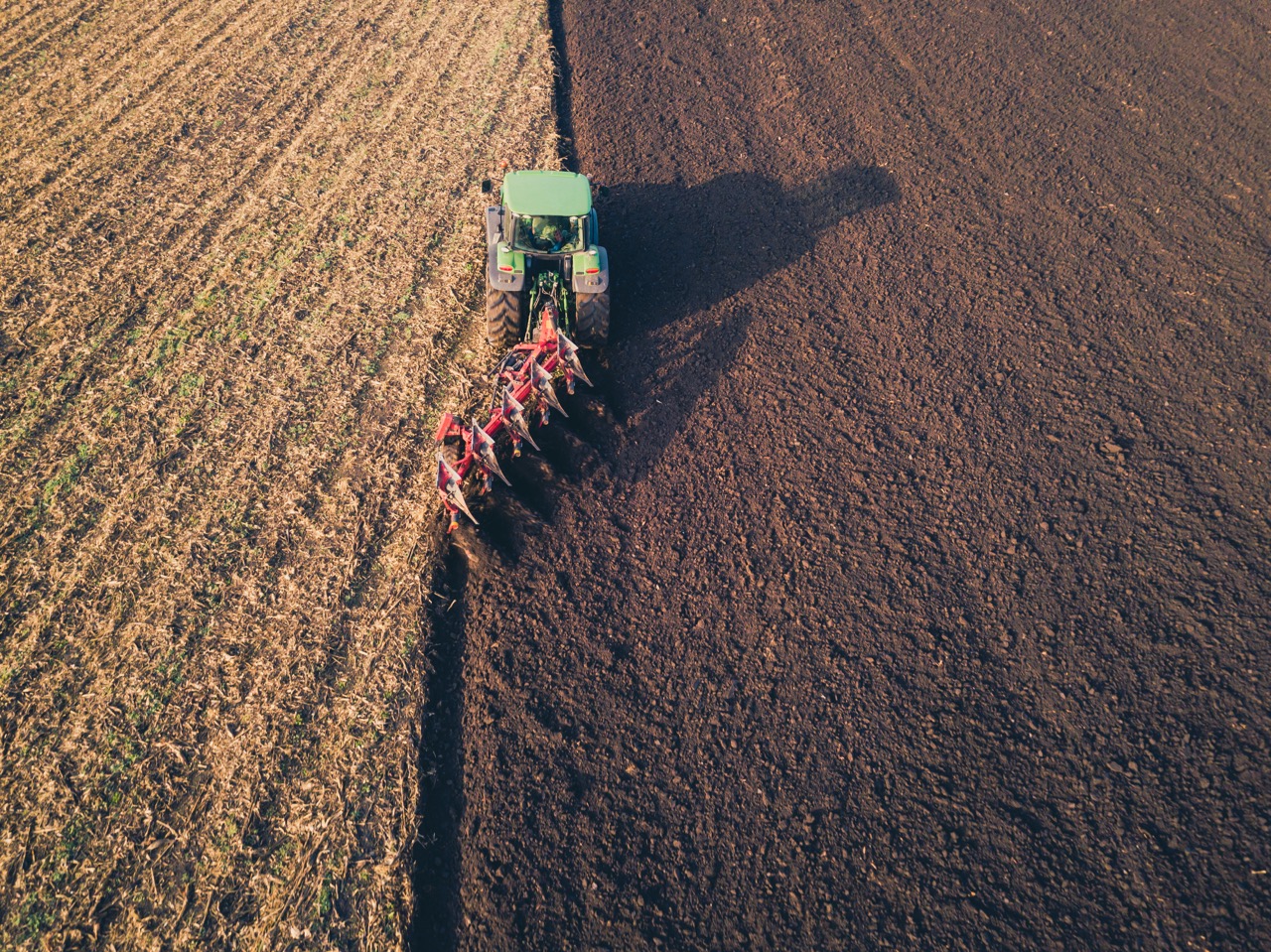Crop rotation is an agricultural practice that has been employed for centuries, yet it remains a cornerstone of sustainable farming, particularly in sharecropping systems. This strategy involves alternating the types of crops grown on a particular piece of land over different seasons or years. The benefits of crop rotation extend beyond mere yield improvements for farmers; they play a crucial role in environmental sustainability. This article delves into the environmental benefits of crop rotation within sharecropping, highlighting its impact on soil health, biodiversity, and the long-term viability of farming practices.
Understanding Crop Rotation: A Key Sharecropping Strategy
Crop rotation is a strategic approach that diversifies the agricultural landscape and maximizes land use efficiency. In sharecropping, where landowners and farmers share the production, implementing crop rotation can lead to more equitable distribution of resources and increased profitability for both parties. By rotating crops, sharecroppers can break pest and disease cycles that often plague monoculture systems, which rely on a single crop planted year after year. This strategic diversification helps to mitigate risks associated with crop failure, ensuring a more stable income for sharecroppers.
The timing and selection of crops in rotation is critical to its success. Certain crops, such as legumes, have the ability to fix nitrogen in the soil, enriching it and preparing it for subsequent plantings. This not only improves soil fertility but also reduces the need for synthetic fertilizers, which can have detrimental effects on the environment. Sharecroppers can thus tailor their planting schedules to maximize the benefits of each crop type, ensuring that both the land and the farmers are well cared for.
Furthermore, crop rotation encourages a more resilient agricultural ecosystem. By incorporating a variety of plants, sharecroppers can foster a balance in pest populations, as different crops can attract different beneficial insects and repel pests that might otherwise flourish in a monoculture environment. As a result, sharecroppers can reduce their reliance on chemical pesticides, promoting a healthier farming practice that aligns with environmental stewardship.
Soil Health Improvement Through Diverse Crop Cultivation
One of the most significant environmental benefits of crop rotation is its positive impact on soil health. Each type of crop has unique nutrient requirements, and rotating them can help prevent the depletion of specific nutrients in the soil. For instance, while corn may deplete nitrogen, legumes can replenish it, leading to a more balanced nutrient profile in the soil. This dynamic helps to maintain soil fertility over time, which is essential for sustainable agricultural practices.
Moreover, the physical structure of the soil is enhanced through crop rotation. Different root structures from various plants contribute to soil aeration and reduce compaction, improving water infiltration and root penetration. This is especially important in sharecropping systems where land may be subject to heavy machinery and intensive farming practices. Healthier soils lead to improved water retention and reduced erosion, which are vital in maintaining crop yields and resilience against climate extremes.
Lastly, healthy soil is a fundamental component of carbon sequestration, a process where carbon dioxide is absorbed and stored by plants and soil organisms. By promoting diverse root systems and enhancing organic matter through crop rotation, sharecropping operations can contribute to mitigating climate change. The ability to capture and store carbon in agricultural soils represents a win-win solution, benefiting both the environment and the agricultural community.
Enhancing Biodiversity: Crop Rotation’s Ecological Impact
Biodiversity is crucial for the stability and resilience of agricultural ecosystems. Crop rotation significantly enhances biodiversity by introducing a variety of plants that can support diverse microbial, insect, and animal communities. Each crop plays a role in attracting different species, creating a more balanced ecosystem that can withstand pests and diseases. By fostering such diversity, sharecropping systems become less reliant on chemical inputs, thereby reducing their ecological footprint.
Moreover, crop rotation promotes the conservation of heirloom and native crop varieties that may otherwise be lost in monoculture practices. These traditional varieties often possess unique traits such as pest resistance, drought tolerance, and adaptability to local conditions. By incorporating these crops into rotation plans, sharecroppers can help preserve agricultural biodiversity while potentially improving their own resilience to changing climate conditions.
In addition to enhancing agricultural biodiversity, crop rotation contributes to the preservation of surrounding ecosystems. Fields that are managed with biodiversity in mind can serve as habitats for various wildlife species, supporting pollinators and other beneficial organisms. This integration of agricultural practices with ecological considerations allows sharecroppers to play a role in broader conservation efforts, promoting a more sustainable interface between farming and the environment.
Sustainable Farming: Long-Term Gains for Sharecroppers
The long-term benefits of crop rotation for sharecroppers extend far beyond immediate yield improvements. By prioritizing sustainable farming practices, sharecroppers can create a more resilient agricultural system that thrives over time. Healthier soils lead to reduced input costs related to fertilizers and pesticides, which can significantly enhance profit margins. In turn, this economic sustainability allows sharecroppers to invest in their operations, fostering a cycle of growth and development.
Furthermore, adopting crop rotation can improve the marketability of sharecropped products. Consumers are increasingly seeking sustainably grown food options, and the use of crop rotation can serve as a differentiating factor in a competitive market. By marketing their practices as environmentally friendly and sustainable, sharecroppers can attract more conscientious buyers, enhancing their brand value and customer loyalty.
Finally, the adoption of crop rotation practices aligns sharecroppers with global sustainability goals and initiatives. As awareness of environmental issues continues to rise, farmers employing sustainable practices will be better positioned to receive support from governmental and non-governmental organizations, including grants and technical assistance in adopting eco-friendly methods. By committing to crop rotation, sharecroppers not only secure their future but also actively contribute to a more sustainable agricultural framework.
In conclusion, crop rotation is far more than just an effective agricultural technique; it is a vital component of sustainable farming practices, especially within the sharecropping model. By improving soil health, enhancing biodiversity, and providing long-term economic benefits, crop rotation stands out as a necessary strategy for environmentally conscientious farmers. As the agricultural landscape continues to evolve under the pressures of climate change and environmental degradation, the implementation of crop rotation will be essential in achieving a sustainable future for sharecroppers and the ecosystems they depend on.









